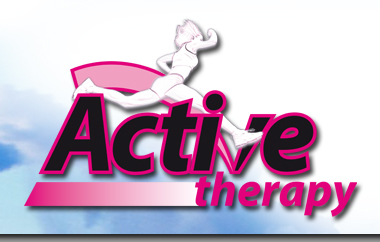
 |
The Research into Active therapy What makes us so confident that the programme works? Between 1994 and 1998 Active therapy was researched at Liverpool John Moore’s University, by Dr. Moira Lafferty, using it’s origin of gymnastics as its base then diversifying into Behaviour Modification and Gross Motor Movement development. The research covered numerous modules including motor skills (below) which proved how those skills, using the intervention strategy of Active therapy, were significantly improved. Enhancing Movement Patterns through Active therapy
The above chart was one of many produced during this research to analyse the changes in movement due to intervention. It compares the ankle movement pattern of a child without a disability (BLUE) to a child with Down’s syndrome (RED) followed by the pattern of the same child (GREEN) after 12 weeks of Active therapy. The Conclusions of this Module were:
|
Active therapy and Behaviour Modification Active therapy begins with Self Control Another module of research looked at teaching self control by introducing stillness to a group of children who could not be still. Clearly the implications of not being able to sit still have a major impact on the capacity of any child to learn. Active therapy helps to develop this ‘self discipline’ and as the charts below indicate, with outstanding results. The children were measured over a period of twelve months on how well they sat on the floor with their legs crossed and their hands on knees. The chart below shows the decrease in negative behaviour over a period of twelve months.
W.B.M. = I.S.B. =
This chart shows the increase in positive behaviour over a period of twelve months. |
© Active therapy 2008 |